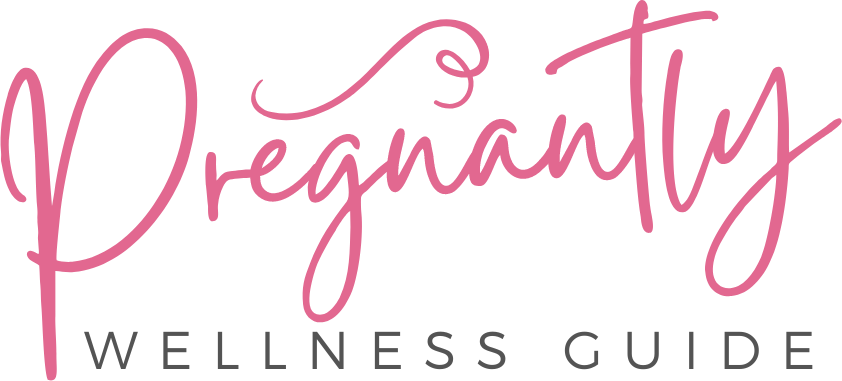
In today’s fast-paced and demanding world, finding effective ways to relax and rejuvenate the mind is essential for maintaining overall well-being. One powerful method that has gained recognition in recent years is music and sound therapy. This therapeutic approach utilizes the healing properties of sound vibrations to promote deep relaxation and restore balance to the mind and body. By incorporating techniques such as guided meditation, breathing exercises, and instrumental vibrations, individuals can experience the profound benefits of sound therapy. Research has shown that this practice can reduce anxiety, depression, and stress, while improving sleep quality and overall emotional well-being. Whether you choose to attend sessions with experienced practitioners or create your own personalized practice, music and sound therapy can be a valuable tool in achieving a state of profound relaxation and rejuvenation.
Key Takeaways
– Music and sound therapy have been proven to reduce anxiety and depression, as well as improve sleep quality.
– Sound therapy can lower blood pressure and cholesterol levels, contributing to overall cardiovascular health.
– Incorporating music and sound into your daily routine can promote relaxation and rejuvenation.
– Different types of sound healing, such as tuning forks and relaxing music, can provide various benefits like balancing energy centers, alleviating chronic pain, and enhancing immune function.
Benefits of Music and Sound Therapy
Numerous benefits can be derived from incorporating music and sound therapy into your relaxation routine. Music and sound therapy have long been recognized for their ability to relax and rejuvenate the mind. The soothing vibrations and harmonious melodies have a profound impact on our mental health and overall well-being.
Research has shown that music therapy can reduce anxiety and depression, as well as improve sleep quality. The healing power of music lies in its ability to tap into our emotions and provide a sense of comfort and solace. By listening to calming melodies, we can alleviate stress and create a peaceful state of mind.
Sound therapy, on the other hand, utilizes specific frequencies and vibrations to promote healing and balance within the body. The vibrations produced by sound therapy can stimulate the release of endorphins, which are natural painkillers and mood boosters. Additionally, sound therapy has been found to lower blood pressure and cholesterol levels, contributing to overall cardiovascular health.
Music and sound therapy into your relaxation routine can have a profound impact on your mental and emotional well-being. It allows you to create a sacred space where you can unwind, let go of stress, and rejuvenate your mind. Soothing melodies and healing vibrations have the power to uplift your spirit and bring you a sense of inner peace. Begin your journey with music and sound therapy today and experience the numerous benefits it has to offer.
Incorporating Music and Sound in Your Daily Routine
To incorporate music and sound into your daily routine, consider incorporating these practices into your regular activities:
– Start your day with sound-based meditation: Begin your morning by listening to a guided meditation or sound therapy session. This will help you set the tone for the day and promote mental rejuvenation and relaxation.
– Create a soothing soundscape: Throughout the day, incorporate music or ambient noises that promote relaxation. Whether you prefer instrumental music, nature sounds, or white noise, having a soothing soundscape in the background can help create a calm and peaceful environment.
– Use sound therapy tools: Invest in tools such as singing bowls or tuning forks to create soothing vibrations and frequencies. These tools can be used during meditation or simply to create a peaceful atmosphere in your space.
– Explore sound-based healing practices: Find local yoga and meditation studios that offer gong baths or sound-based healing practices. Participating in these sessions with experienced practitioners can provide a deeper level of relaxation and rejuvenation.
– Access online sound-based meditations: Take advantage of the numerous free sound-based meditations available online. These can be accessed anytime and anywhere, making it easy to incorporate them into your daily routine.
Techniques for Relaxation and Stress Relief
One effective technique for relaxation and stress relief is incorporating music and sound therapy into your daily routine. Sound therapy has been used for centuries as a way to promote relaxation and rejuvenate the mind. By utilizing various techniques and tools, such as singing bowls or guided sound-based meditations, you can tap into the power of vibrations to calm your mind and bring balance to your body.
One technique that can be particularly beneficial is sound-based meditation. This involves focusing on the soothing sounds and vibrations produced by instruments like gongs or singing bowls. By immersing yourself in these sounds, you can slow down your thoughts and bring your body back to a state of equilibrium.
Another technique to explore is the use of music for stress relief and relaxation. Choosing music that resonates with you and creates a calming atmosphere can have a profound impact on your mind and body. Whether it’s classical music, nature sounds, or ambient noise, finding the right music for your personal taste can help you unwind and let go of stress.
Sound therapy into your daily life doesn’t have to be complicated or expensive. There are many online resources that offer affordable sound-based meditations and breathing exercises that you can access from the comfort of your own home. Additionally, you can explore local yoga and meditation studios that offer gong baths or sound healing practices.
Exploring Different Types of Sound Healing
Exploring the various modalities of sound healing can provide a deeper understanding of how music and sound therapy can be utilized for relaxation and rejuvenation of the mind. Sound healing therapy encompasses a wide range of techniques, each harnessing the curative powers of music and sound to promote physical and mental well-being. Here are two sub-lists to evoke emotion in the audience:
Different Frequencies for Healing
– Tuning forks: These tools produce specific frequencies that can help balance energy centers in the body, promoting relaxation and reducing stress.
– Relaxing music: Listening to soothing melodies and harmonious compositions can calm the mind, ease tension, and improve sleep quality.
Physical and Mental Benefits
– Chronic pain relief: Sound therapy has been shown to alleviate chronic pain by stimulating the release of endorphins, the body’s natural painkillers.
– Strengthen the immune system: Certain sounds and vibrations can enhance immune function by reducing stress hormones and promoting a sense of well-being.
– Guided meditation: Combining sound therapy with guided meditation can deepen relaxation, reduce anxiety, and enhance self-awareness.
Creating a Personalized Music and Sound Therapy Practice
When developing a personalized music and sound therapy practice, it is important to consider your individual preferences and needs. Sound therapy has been used for centuries as a way to promote relaxation, healing, and overall well-being. One popular tool used in sound therapy is the Tibetan singing bowl. These bowls produce soothing vibrations and frequencies that can help calm the mind and relax the body. By matching the frequencies of the bowls to the frequencies of the body, it is believed that the vibrations can bring the body back into balance, reducing stress and promoting healing.
In addition to Tibetan singing bowls, you can also explore different sound options such as your favorite music or ambient noises for relaxation. Experiment with different genres and styles of music to find what resonates with you the most. Some people find that classical music helps them relax, while others may prefer nature sounds or instrumental music.
The benefits of incorporating music and sound therapy into your daily routine are numerous. Research has shown that listening to calming music can reduce blood pressure, decrease anxiety, and improve sleep quality. It can also be an effective way to manage stress and enhance mental well-being.
Conclusion
In the symphony of life, music and sound therapy serve as harmonious melodies that can soothe our minds and rejuvenate our spirits. By embracing the power of instrumental vibrations, guided meditation, and breathing exercises, we can find solace and balance in our daily lives. Whether we seek the guidance of experienced practitioners or create our own personalized practice, music and sound therapy offer a path to relaxation and emotional well-being. Let the gentle rhythms of sound carry you to a place of tranquility and inner peace.







